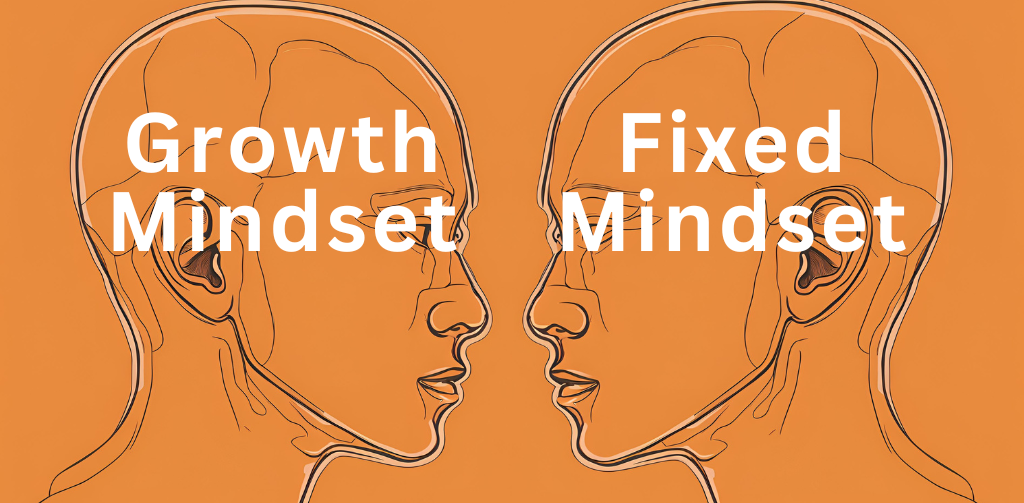[read-time]

Gender differences in personality traits
The Big Five personality Traits and Gender differences in personality trait have often sparked countless debates and investigations, unveiling the intricate discussions of how gender can shape our personalities.
In this article, we’ll examine the variations between genders within each trait of the Big Five personality traits. Our aim is to shed light on the complexities that make us unique individuals, while celebrating the diversity that improves our collective human experience.
You may wish to read our related article on the Big Five Personality Traits and the Personality Color Assessment – just click below.
The Big Five Personality Traits: An overview
Before delving into the gender differences, let’s briefly explore the Big Five Personality Traits:
- Extraversion: This trait encompasses characteristics such as sociability, assertiveness, and the tendency to seek stimulation and excitement.
- Agreeableness: Individuals high in agreeableness are typically empathetic, cooperative, and nurturing, while those low in this trait may be more competitive and confrontational.
- Conscientiousness: This trait reflects an individual’s level of organization, self-discipline, and motivation towards achieving goals.
- Neuroticism: Individuals high in neuroticism tend to experience higher levels of emotional instability, anxiety, and negative emotions, while those low in this trait are generally more emotionally stable and resilient.
- Openness to Experience: This trait encompasses characteristics such as curiosity, imagination, and a willingness to explore new ideas and experiences.
These five traits serve as a framework for understanding the versatile nature of human personality, providing a common ground for researchers and psychologists to explore the intricate interplay between gender and personality.
Understanding the gender differences in the Big Five Personality Traits
While the Big Five Personality Traits are universal, research has consistently revealed intriguing gender differences within each trait. It’s important to note that these differences are not absolute but rather reflect general tendencies observed across various studies and cultural contexts.
Extraversion: Exploring gender variations in sociability and assertiveness
Studies have shown that, on average, women tend to score higher on extraversion compared to men. This difference is particularly evident in the facets of sociability and warmth, where women often exhibit a stronger inclination towards forming and maintaining interpersonal relationships.
However, the picture becomes more particular when examining the facet of assertiveness. Here, men tend to score higher, displaying a greater propensity for dominance and confidence in social situations. These differences may stem from a complex interplay of biological and sociocultural factors, shaping how men and women express and experience extraversion.
Agreeableness: Unveiling the differences in empathy and nurturing tendencies between genders
Agreeableness is a trait that has consistently shown significant gender differences, with women typically scoring higher than men. This trait encompasses qualities such as empathy, compassion, and a desire to maintain harmonious relationships.
Women tend to exhibit stronger nurturing tendencies and a heightened sensitivity to the emotional needs of others. This difference may have evolutionary roots, as nurturing behaviors have historically been crucial for child-rearing and maintaining social cohesion within groups.
However, it’s important to note that these tendencies are not absolutes, and there is considerable overlap between genders. Many men exhibit high levels of agreeableness, just as some women may score lower on this trait.
Conscientiousness: Examining gender disparities in organization and responsibility
When it comes to conscientiousness, research has revealed a complex picture. While some studies have found no significant gender differences, others have reported that women tend to score slightly higher on this trait, particularly in aspects related to organization, diligence, and responsibility.
This difference may be influenced by societal expectations and gender roles, where women are often encouraged to be more organized and responsible in managing household and family responsibilities. However, it’s crucial to recognize that these tendencies are not universal, and individuals of all genders can exhibit high or low levels of conscientiousness.
Neuroticism: Analyzing the variations in emotional stability between males and females
Neuroticism, which encompasses emotional instability, anxiety, and negative emotions, has consistently shown gender differences across various studies. Women, on average, tend to score higher on this trait compared to men.
This difference may be attributed to a combination of biological and sociocultural factors. Hormonal fluctuations and societal expectations regarding emotional expression could contribute to women’s heightened sensitivity to emotional experiences. However, it’s important to note that these tendencies are not absolute, and many men also experience high levels of neuroticism.
Openness to experience: Investigating gender differences in curiosity and creativity
When it comes to openness to experience, which encompasses curiosity, imagination, and a willingness to explore new ideas and experiences, the findings are mixed. Some studies have found no significant gender differences, while others have reported that men tend to score slightly higher on this trait.
The variations in openness to experience may be influenced by societal expectations and gender roles, where men are often encouraged to be more exploratory and risk-taking. However, these tendencies are not universal, and individuals of all genders can exhibit high or low levels of openness to experience.
The influence of culture and society on gender differences in personality traits
While gender differences in personality traits have been observed across various cultures, the significant influence of cultural and societal factors is evident. Gender roles, societal expectations, and cultural norms can shape and reinforce certain personality traits in men and women.
For example, in cultures that traditionally emphasize more rigid gender roles, the differences in traits like agreeableness and neuroticism may be more noticeable. Conversely, in societies that promote greater gender equality and challenge traditional gender stereotypes, these differences may be less pronounced or even diminished.
Nature vs. nurture: Debating the role of biology and environment in shaping gender differences
The debate surrounding the origins of gender differences in personality traits is ongoing, with researchers exploring the intricate interplay between nature (biological factors) and nurture (environmental and sociocultural influences).
Biological factors, such as hormones, brain structure, and genetics, have been proposed as potential contributors to these differences. For instance, hormones like testosterone and estrogen have been linked to variations in traits like aggression and empathy.
However, environmental and sociocultural factors also play a significant role. Gender socialization, societal expectations, and cultural norms can shape and reinforce certain personality traits from an early age. For example, the way we are raised, the messages we receive from our families, peers, and media, can all contribute to the development and expression of personality traits.
It’s important to recognize that both nature and nurture likely contribute to the observed gender differences in personality traits, and the interplay between these factors is complex and multifaceted.
The Takeaway
Embracing the diversity and complexity of human personality
It’s essential to acknowledge the richness and complexity that lies within the human experience. While general tendencies and patterns may exist, it’s crucial to recognize that individuals of all genders possess a unique blend of personality traits that defy simple categorization.
Embracing and celebrating this diversity is key to fostering a deeper understanding of human behavior and promoting inclusivity and acceptance within our societies. By acknowledging and respecting the intricate tapestry of personality traits that exist within and across genders, we can create a more nuanced and empathetic world, one that celebrates the multifaceted nature of the human experience.
Are you ready to explore the vibrant world of personality color traits? Join our community and use our color assessment tool today. Share your results with your friends and family.
Every hue tells a story!
How to make new friends? Does Your Color Types Personality
[read-time] Knowing how to make new friends is a daunting task, especially as we get older and our social circles become…
The DISC Personality Test and The Personality Color Assessment: Uncovered
[read-time] The DISC personality test and The Personality Color Assessment are two popular tools that, despite their differing approaches, can be…
The Personality Color Assessment & The OCEAN Model (Big 5
[read-time] This article delves into how our personality color assessment aligns with the OCEAN Model – The Big 5 Personality Traits…
The Myers Briggs Personality Test and The Color Personality Test
The Color Personality Test categorizes individuals based on their preferred colors, associating these colors with specific personality traits. Understanding the…
The Power of Combining Colors Personality Assessment with Carol Dweck’s
[read-time] Table of ContentsIntroduction to motivation and mindset theoryIntroduction to personality assessments and their role in understanding oneselfCarol Dweck’s theory of…
Personality Color Assessment – What Exactly is it and Why
In this article you’ll learn 5 vital benefits of personality color assessments!…






